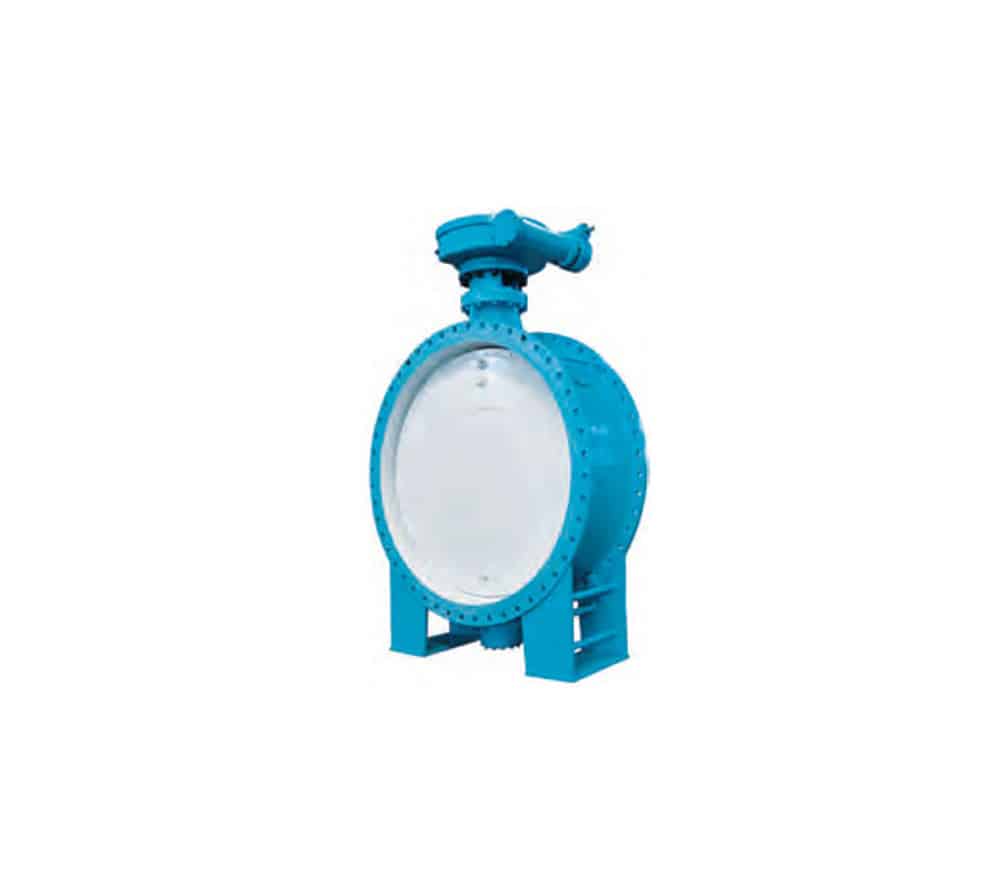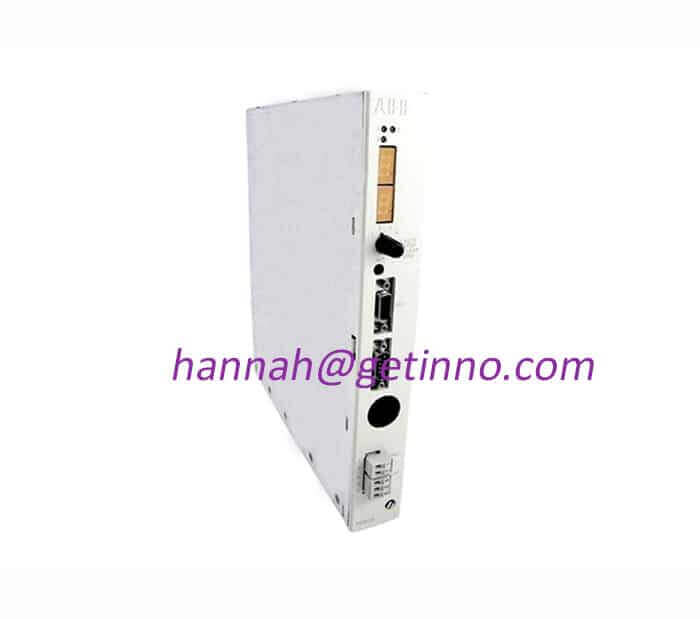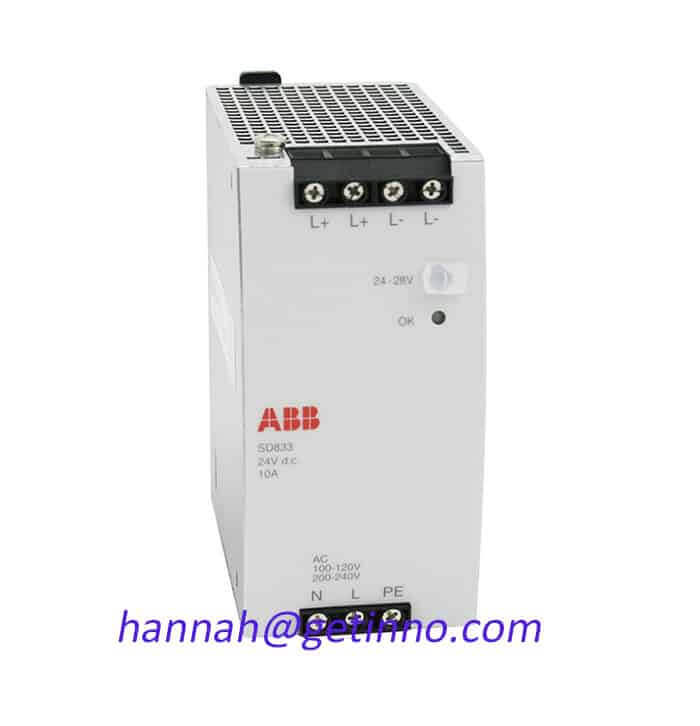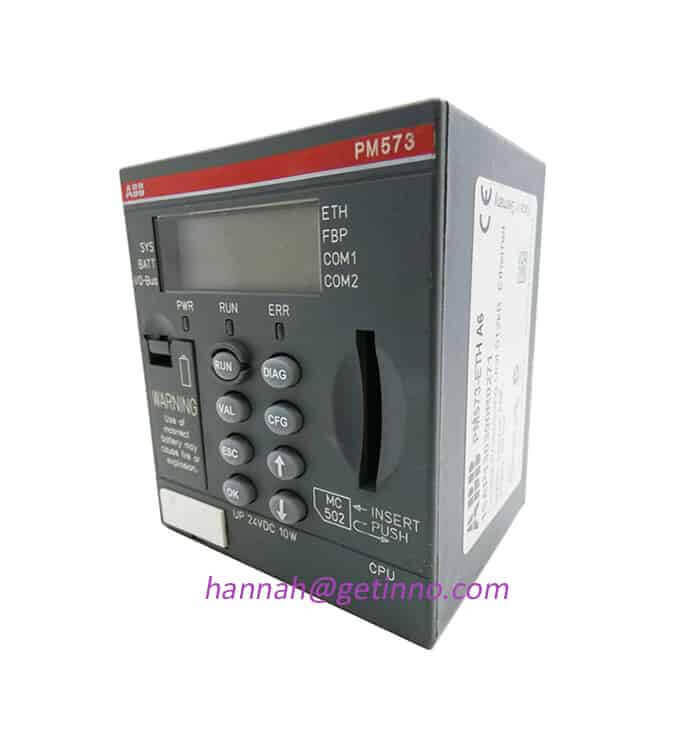What are the application status and application fields of assembly robots?
With the acceleration of vehicle upgrading in China’s auto industry, the demand for flexible manufacturing technology in production lines is increasing. Therefore, the application of Robots is becoming more and more extensive. However, manual door cover assembly techniques are used in conventional body-in-white door cover assembly lines. How to use a robot equipped with vision system technology to realize intelligent flexible assembly? This paper mainly studies the intelligent assembly of automobile door covers. Assembly robot application?
According to industry surveys, the body-in-white door cover assembly lines of self-owned brand and joint venture brand OEMs mainly use manual assembly technology. In the production process, it takes up a lot of human resources, and the assembly quality largely depends on the subjective sense of responsibility and technical level of the workers. This situation imposes a huge labor cost burden on automobile enterprises; on the other hand, due to the differences in the skill level or experience level of workers, the problem of low product consistency is difficult to solve. Therefore, the automotive industry urgently needs to speed up the application of digital technology and intelligent control technology in body equipment, to achieve high-precision flexible positioning, monitoring, detection, diagnosis, maintenance, prediction and management intelligent control, to meet the requirements of original equipment manufacturers for multiple products, multiple To meet the production needs of one production line, improve the flexible production capacity of welding lines, meet the needs of multi-model batch flexible production, avoid repeated investment, reduce the number of production line personnel and labor intensity, and improve vehicle quality and consistency.
Principles of Vision Measurement and Positioning
1. “3-2-1” positioning principle
First, a contour is fitted by the Z coordinates of at least three points to constrain the translation of the object in the Z direction and rotation in the X and Y directions, and then a straight line from the Y coordinates of the at least two points is fitted to constrain the object along the Y and The translation in the Z direction, and finally the translation of the object in the X direction is determined by the X coordinate of at least one point. Thereby, the positioning method of the target position is finally determined.
2. Main principles
Based on the “3-2-1” positioning principle, at least three 3D features on the guided part are measured to obtain the basic elements required by the “3-1-1” principle, and the distance between the existing part and its theoretical position is obtained according to the algorithm The deviation is converted into the deviation value of the robot coordinate system, and then transmitted to the robot to achieve the guidance effect.
Door cover intelligent assembly solution
According to the planning rhythm of the production line and the layout of the workshop where the line body is located, an intelligent assembly production line with four doors and two covers is planned and constructed (Figure 1). However, there are some differences in the assembly process and sequence of the front cover, four doors and rear cover assembly. At each specific assembly station, the position of the robot and the orientation of the grab should be adequately arranged. After full 3D simulation verification and simulation, the cross-sectional view of each assembly station is shown in Figure 2.
In view of the lack of precise positioning transmission system in the intelligent automatic assembly and adjustment line scheme of door cover, the body needs to be precisely positioned when sliding to the assembly station. Select four sets and two sets of D measuring sensors to measure the main positioning hole “3-2-1” of the side wall of the body, calculate and confirm the exact position of the body. The specific layout of the vision camera is shown in Figure 3. When the adjustment line conveying scheme has positioning pins and other vehicle body precise positioning, the visual vehicle body positioning system can be saved.
Introduction of automatic door cover assembly vision system
The main function of the system is to take pictures of the door cover and door frame through 3D vision sensors, identify and extract corners, edges and surfaces, calculate the gap and surface difference between the door and the door frame, and further calculate the maximum distance between the door cover and the body and door frame. position and further guide the Robotic system for optimal assembly.
Summarize
With the comprehensive application of door cover intelligent assembly in automobile welding automation line, it also confirms the broad application prospects of robots in the field of future intelligent flexible automobile manufacturing technology. Of course, in this process, we are also exploring and exploring, hoping to be more efficient and intelligent, so as to improve the rapid entry of new products into the market and improve market competitiveness.
The Links: CACR-SR15SZ1SDY77 3BSE013234R1 IGBT
Pre: Expert Interpretation: Opportunities ... Next: Human-computer interaction evolution:...




